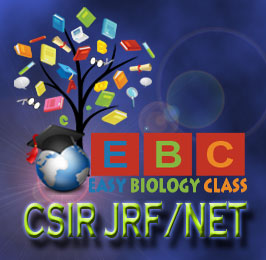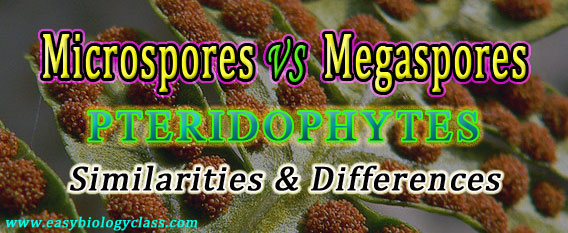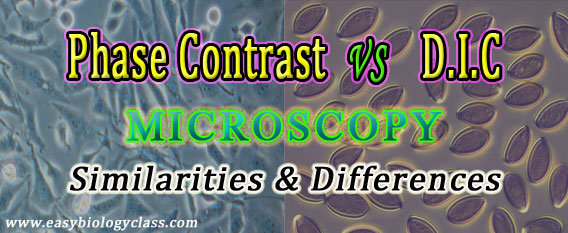(1). A flow cytometer is used to measure the number of a. Cells b. DNA c. RNA d. Proteins (2). How many H atoms would be replaced CCl4 in presence of ethanol during NMR spectrum? a. 1 b. 2 c. 3 d. 4 (3). During the regulation of trp operon […]
Continue ReadingMonthly Archives: September 2017
JRF NET Life Sciences June 2017 Free Model Question Papers (13)
(1). Most of the DNA binding protein binds to DNA by particular motif to modulate gene expression. Genes which are under the regulation of gibberllic acid have GRE where, GREB binds. The motif in GREB is ______ a. Leucine Zipper b. bZIP c. Zinc finger d. Homoedomain (2). Which of […]
Continue ReadingCSIR JRF NET Life Sciences December 2017 Model Question (12)
(1). The characteristics of organisms the reaches first to barren Island during the ecological succession: a. Slow growth and small generation time b. Slow growth and large generation time c. Fast growth and small generation time d. Fast growth and large generation time Learn more: Process of Ecological Succession (2). […]
Continue ReadingDifference between Microspores and Megaspores
Microspores vs Megaspores Microspores and megaspores are sexual spores produced by vascular plants (some Pteridophytes and all Gymnosperms and Angiosperms) for sexual reproduction. Both microspores and megaspores on germination produce the respective gametophytic generations. The gametophytes on maturation produce sex organs and gametes to establish the fertilization and thus to […]
Continue ReadingDifference between Phase Contrast Microscopy and Differential Interference Contrast Microscopy
Phase Contrast vs DIC Phase Contrast and Differential Contrast Microscopes Phase contrast microscopy and Differential Interference Contrast (DIC) microscopy are two advanced optical light microscopy techniques to produce high contrast images of unstained and living cells. Both the microscopes utilize various contrast enhancing techniques to produce high contrast images. Phase […]
Continue Reading


